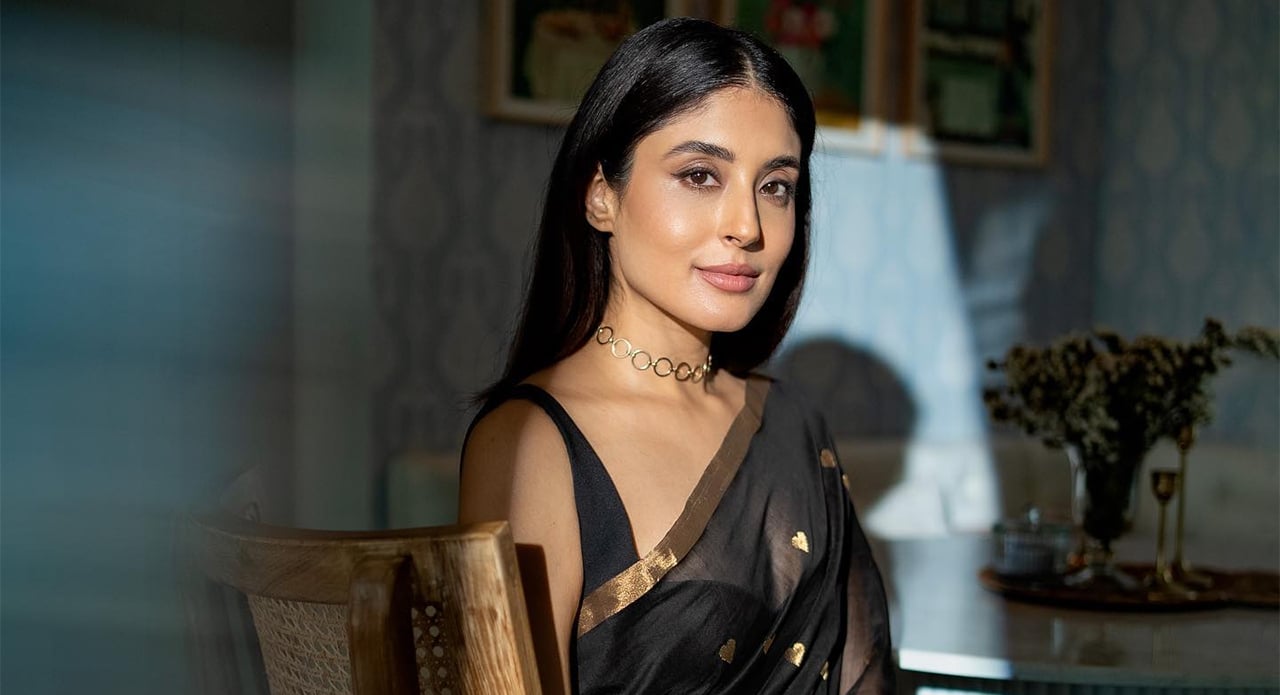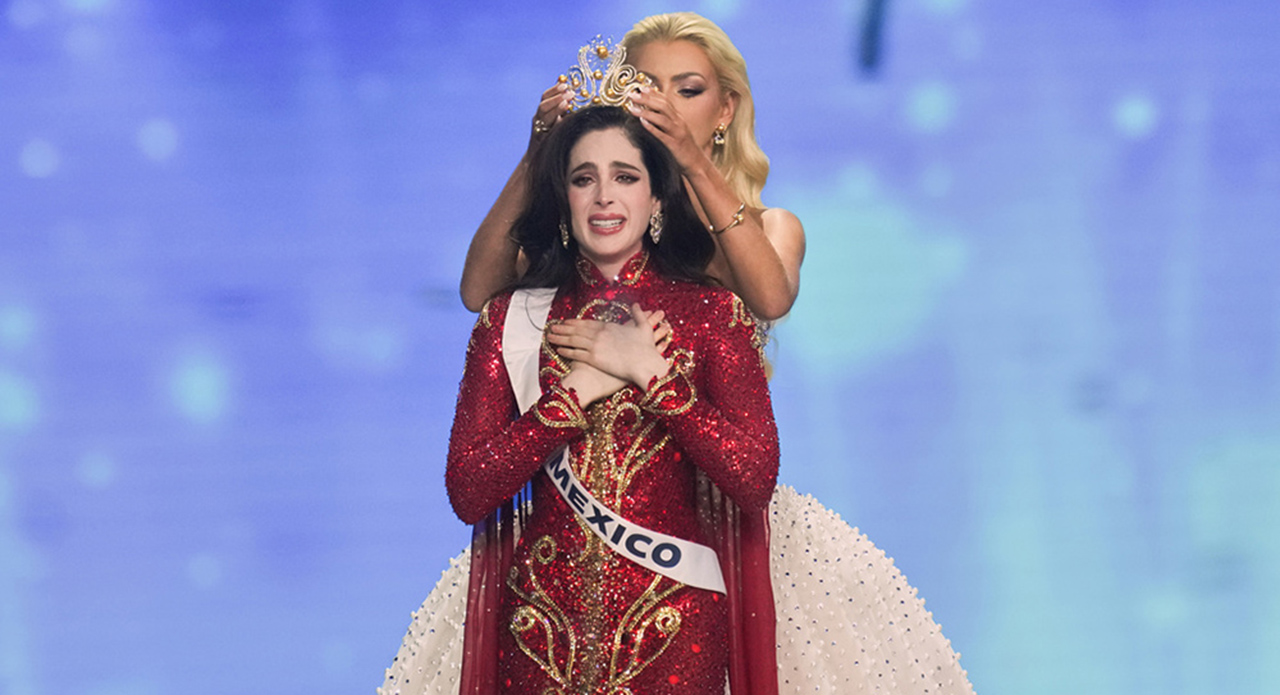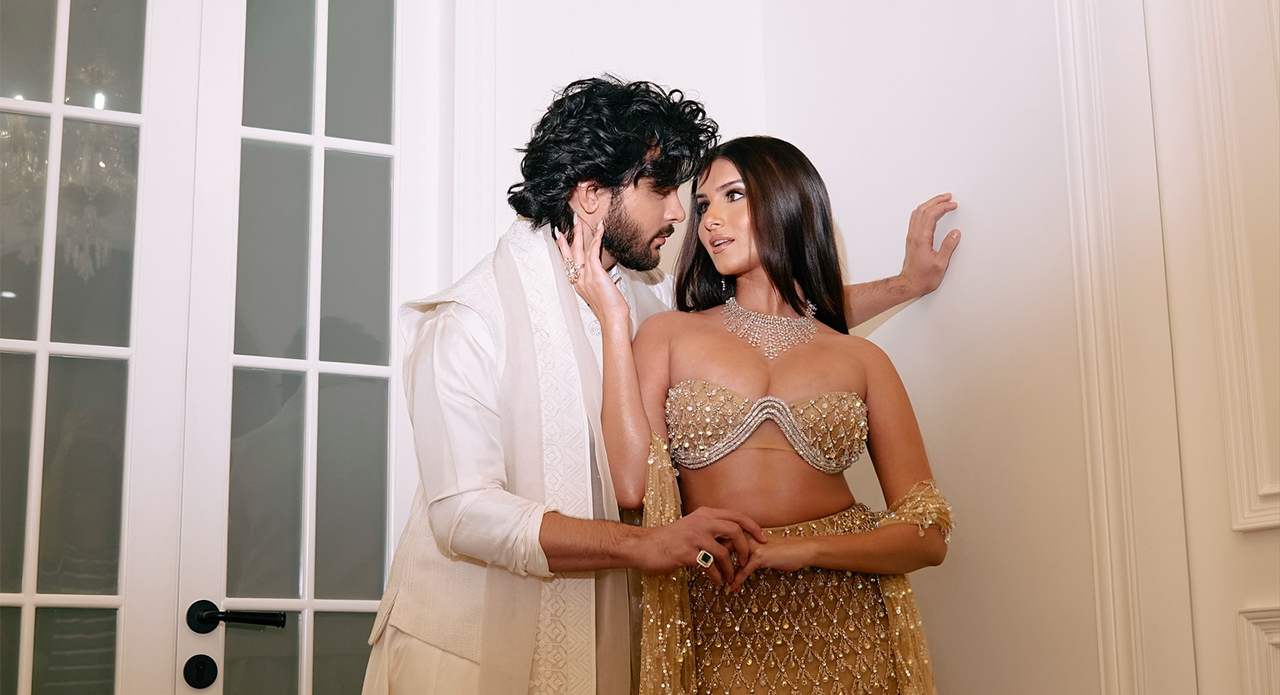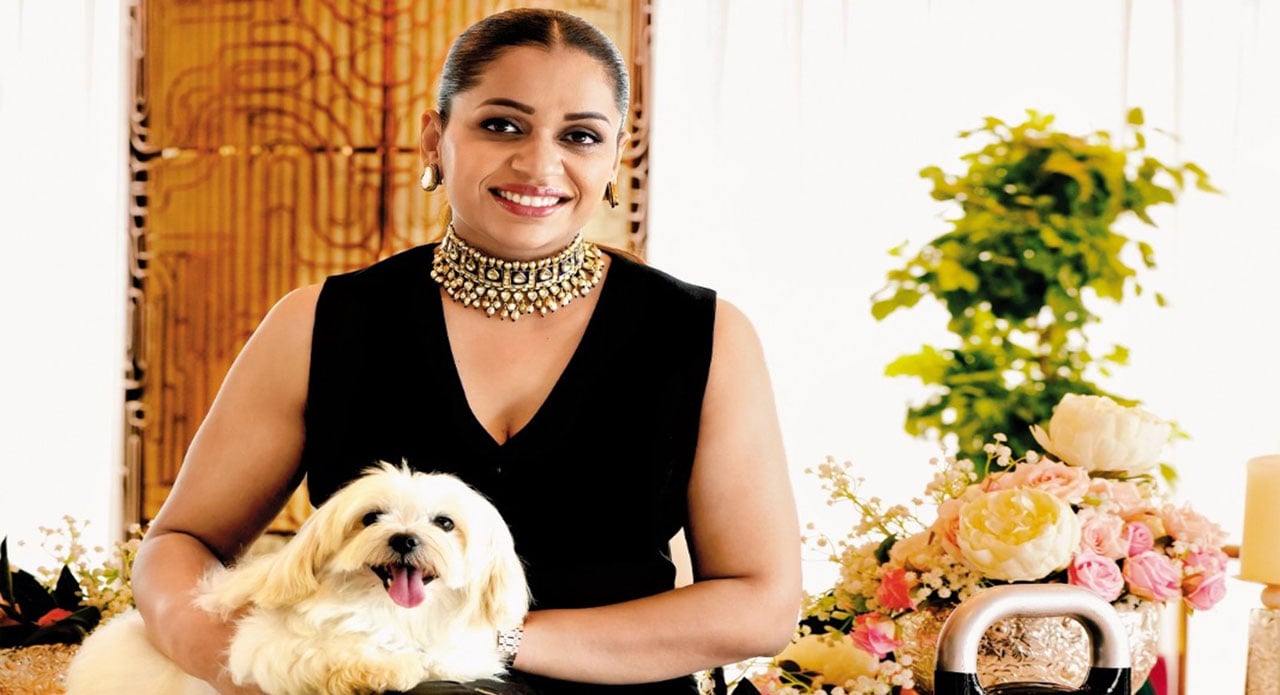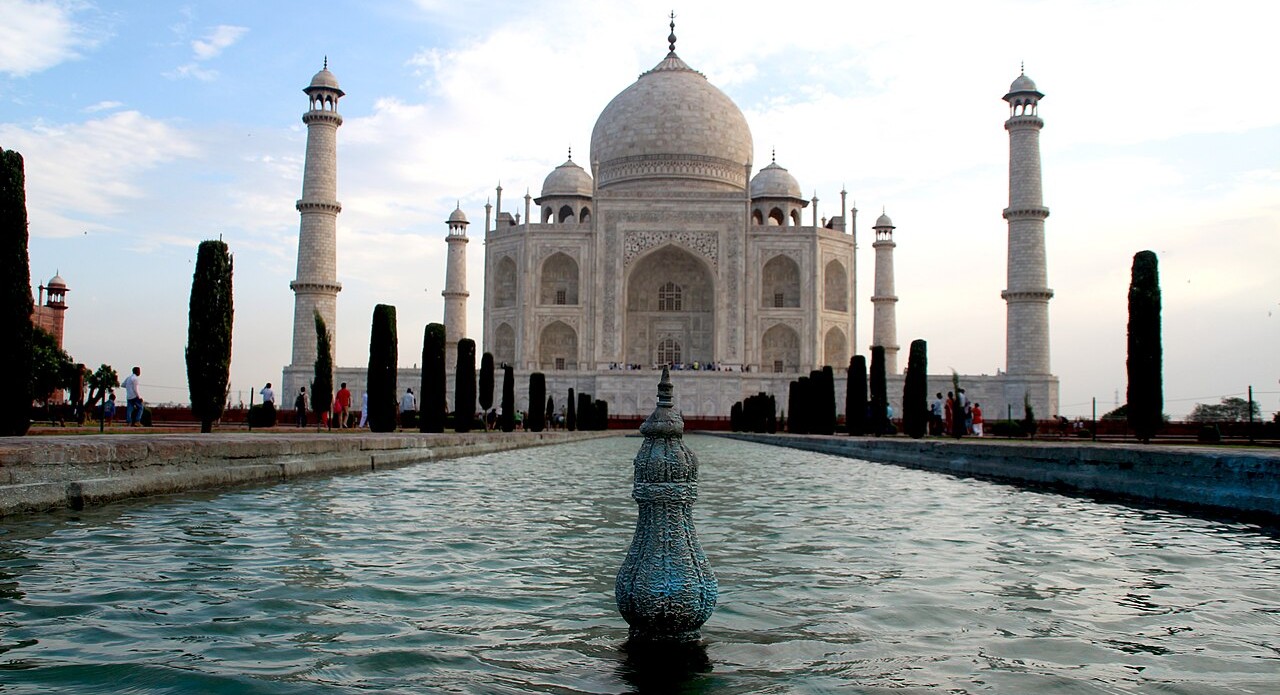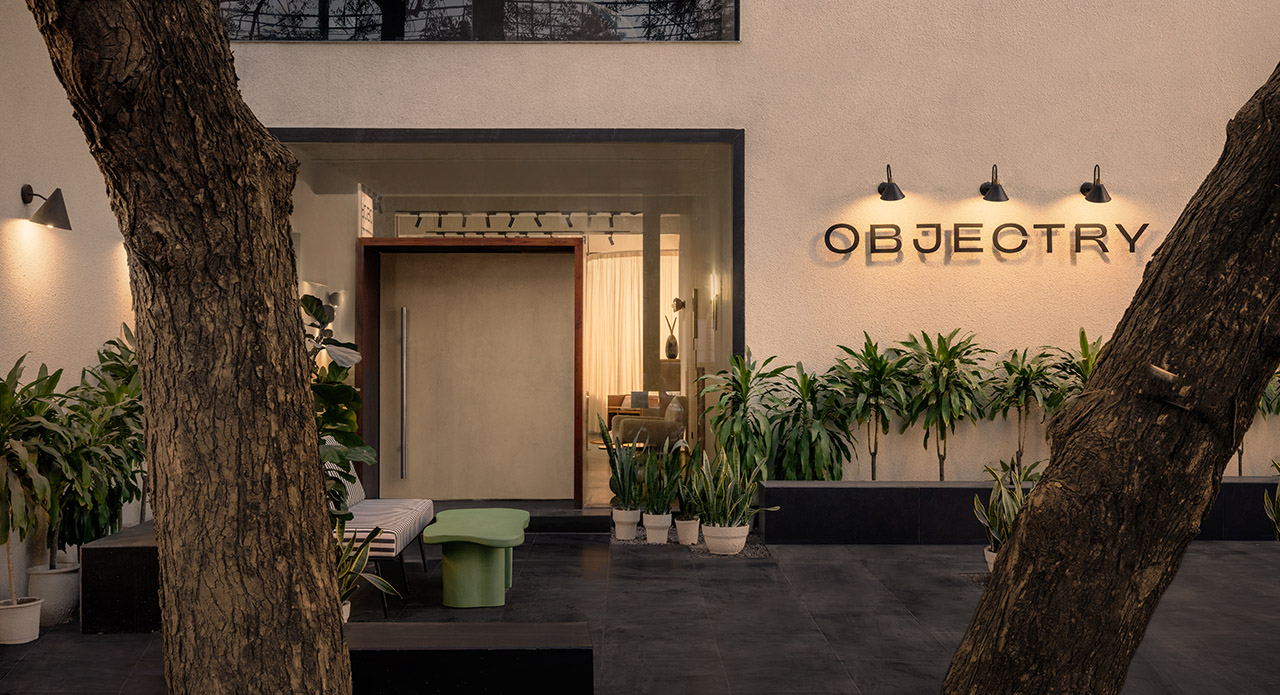When she’s not running Poonawalla Engineering Companies as the managing director, Michelle Poonawalla is busy carving a distinct niche for herself as an artist. She is recognised for her multimedia installations that combine digital technology with traditional media and explore themes of memory, migration, and human rights. She aims to create thought-provoking experiences that engage the viewer visually and emotionally. Butterflies are a common motif in most of her artwork, symbolising boundless freedom and audacious dreaming, captivating audiences with their vibrant colours and dynamic aesthetics.
Her journey in the contemporary art world began in 2016 when she had the opportunity to work with children for an exhibition at the Gateway School, Mumbai. Two years later, in 2018, ad guru Swapan Seth roped in Poonawalla for a solo exhibition, ‘What If You Fly’, in Delhi. There has been no looking back for her. She received the Shiromani Award at the NRI World Summit 2022, United Kingdom.

Her most recent showcase was in Lisbon, where she launched her distinctive digital artwork at the Non-Fungible Conference (NFC) in Lisbon, bringing global attention to India’s vibrant contemporary art scene. This launch marked a significant collaboration with Sedition Art, an innovative online gallery that showcases digital artworks as limited-edition pieces, curated by Sedition Director Rory Blain.

Poonawalla, a veritable multihyphenate, also stays busy with her philanthropic work. Poonawalla and her industrialist husband, Yohan Poonawalla undertook the renovation and remodelling of the historic Royal Western India Turf Club, Pune. Michelle Poonawalla led the way as the creative force behind the renovation and has masterfully blended the club’s heritage with contemporary design.
Michelle Poonawalla opens up to Outlook Luxe about her creative journey, the intersection of art and technology and how her work impacts others.
Edited excerpts:
1. How has the art scene in India evolved in the last few years?
The Indian art scene has changed quite a lot. There’s a real sense of freedom and experimentation. We’re not just looking back at our rich history anymore, though that’s still deeply inspiring. Artists are using everything from social commentary to new technology to push boundaries and tell stories that are uniquely Indian but resonate with everyone. It’s exciting to be a part of it. For me, the most inspiring change is the rise of street art and digital art. These forms let artists connect directly with the public, outside the stuffy walls of galleries. It’s democratising art, making it accessible to everyone, not just to a few.
Real Also – From Novice to Aficionado: Building a World-Class Art Collection
2. What are some of the challenges of being an artist in India today?
The challenges for artists in India, compared to the West, is that there are very few good galleries available and even fewer spaces to exhibit. Many artists require the help and backing of a gallery since it is not affordable to put up shows and take work internationally as it is an expensive task. Making digital art is also a cost to the artist and some find it difficult to explore this medium without backing. It is difficult to get exhibition spaces with a long waitlist and it can take a lot of time to crack. Even for an artist, who has gone to art school, it is difficult to earn a sustainable income with opportunities that are very few and far between. It’s a challenge, but at the same time, it pushes us to create something truly unique and exciting. It’s not always easy, but it’s an adventure and one that’s worth every brushstroke.

3. Digital art, NFTs and now AI-generated art are looked at with scepticism, what is your opinion on the subject?
Digital art is something for future generations. It is something that every young person today resonates with. Every child today is playing on an iPad and phone, to have art that is meaningful and enjoyable and resonates with this generation is important. I have always been forward-looking in all my endeavours – whether it is the businesses that I lead or it is the art that I pursue for my creative side. There is merit in embracing the tech that has brought modernity and scale to an artist’s canvas. Digital art also allows an artist to create beyond the canvas, go beyond a 2-D realm, crafting experiences for the spectator to remember, feel magical and dream. As an artist, if I want to pass a strong message, my art must be relatable, digital art provides me with that limitless canvas to express.
Compassion, introspection and a better world have always been an underlying subject in my art. The butterfly in many of my artworks is the symbol of the fragility of life, a symbol of freedom, hope and peace. Whether it be violence, water scarcity, climate change or pollution I want the viewer to introspect and explore their emotions. My video mapping mixed with traditional art takes a canvas and makes it come to life, butterflies can fly out of paintings and around paintings and it can also be motion censored. My installation introspection was a three-dimensional immersive experience that allowed the spectator to relate. With the recent rise of the NFTs, AI, and digital art I believe artists have found even further value for their work as their name now gets forever associated with their creation, no matter where it is in the world with little to no chances of the same work being lost or recreated without the artist’s knowledge. AI-generated art will drive more interactivity in the world of art where users will engage with digital art on a more personal level.
4. Your artworks are also a unique combination of traditional techniques and modern technology, how did it all begin for you?
Art was always an integral part of my life during the early stages as well as when I graduated from the American College of London. Coming from a distinguished lineage inherited from my grandfather, the renowned architect of South Mumbai’s most prestigious buildings and remarkable artist Mr. Jehangir Vazifdar, I grew up between the UK and India. My love for the art space emerged from my exhibition at the Gateway School in Mumbai in 2016 for which I worked very closely with children with special needs. My journey into digital art started with my first exhibition ‘What If You Fly’ curated by Swapan Seth, in Delhi. Swapan pushed me to explore digital art and being an artist who likes drama I like my exhibitions to leave people with lasting impressions. I used video mapping with my butterfly paintings. I created works where the butterflies could fly around and out of the canvas and incorporated motion sensors. After that, it was as if the art world just embraced me completely with exhibits of my work in solo as well as group shows in India and abroad.

5. What was your most recent series, showcased in Lisbon, inspired by? What are the highlights of the series?
The recent exhibition at the Non-Fungible Conference in collaboration with Sedition Art in Lisbon was for one of my latest Introspection series. I have been associated with Sedition Art for many years. It is an online platform that allows anyone and everyone to download a piece of digital art at very affordable prices educating a larger young generation. One can even download a piece for your mobile, computer or TV screen. It is also used in large commercial public spaces, like airports and hotels for their blank screens. Everything I create is a derivation of the experiences that I live and the upbringing I have had.
6. What was the inspiration for the Introspection series?
My Introspection series was born from a deep sense of discomfort I have had with the violence and displacement of millions of people whose homes are struck by war in various parts of the world and who are part of endless news cycles. I have turned to sound where newsreels and ambient recordings combined with digitally mapped visuals have created a multi-sensory experience for the viewer. A piece from the series is ‘The Heart in Blue Skies’, which serves as a beacon of hope in a world often overshadowed by turmoil, it is an evocative depiction of a heart amidst serene blue skies that ignites a sense of optimism and possibility. Through this work, I wanted to encourage us to cultivate peace, love, and positivity in our lives and communities. As the heart soars against the backdrop of vast open skies, it symbolises our collective aspirations for a brighter, more harmonious future. There’s also a piece called ‘The Balloon Dreamer’, where each balloon symbolises hope, resilience, and the power of imagination to transcend barriers, creating an enchanting portrayal of dreams taking flight. Through vibrant visuals and whimsical imagery, these artworks invite viewers to a world where the impossible becomes possible, reminding us that amidst life’s challenges, there exists boundless potential for creativity and transformation.
7. How do you juggle the many hats in your life, without one impacting the other?
As a woman, I believe we have so many capabilities that sometimes even 24 hours a day are less to accommodate everything that we can pull through. My responsibilities towards my family, my company, my legacy, as well as my art, are all an embodiment of myself. I am fairly disciplined in my day. It is important for me to be present at certain places as my staff get their inspiration and day’s purpose from me. With my art, my language is universal: it doesn’t matter your country or your age. What are we doing for our future generations is the ultimate question. It is also important for me to be around my children who are in their formative years and need both Yohan and me to guide them through the challenges that life is bringing to them. So, I believe we can call it not ‘juggling many hats’ but rather a harmony that is perfectly at play.




